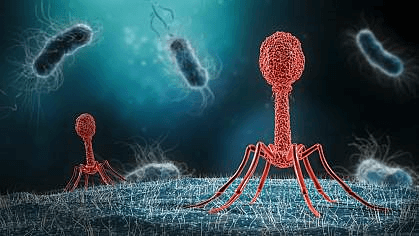Leprosy DefinitionMycobacterium leprae is the source of chronic infectious leprosy, sometimes referred to as Hansen's disease. It primarily affects the skin, nerves, and mucous membranes of the upper respiratory tract. Leprosy is a disease that manifests slowly and may take years to manifest. Skin lesions, nerve damage, numbness or tingling, and muscle weakness or paralysis are all signs of leprosy. Leprosy can cause serious disabilities and deformities if it is not treated. Most of the consequences linked to the disease can be avoided with early treatment, and it is curable with antibiotics and combination therapy. 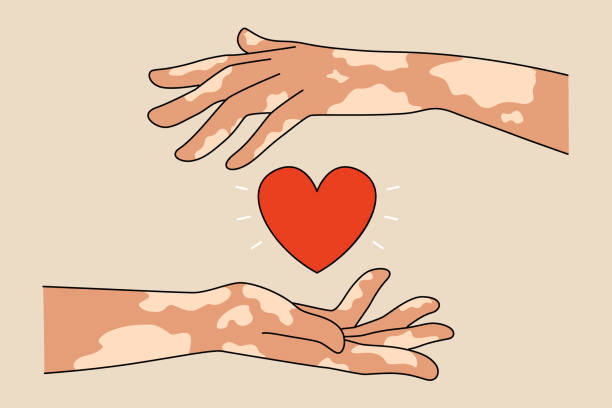
Hansen's Disease:Leprosy, or Hansen's disease, is a chronic infectious condition brought on by Mycobacterium leprae. The condition primarily affects the upper respiratory tract's mucous membranes, skin, and nerves. Leprosy is a chronic condition that takes a long time to develop symptoms. Various symptoms, such as skin lesions, nerve damage, numbness or tingling, and muscle weakness or paralysis, can be brought on by Hansen's disease. Blindness may result from the disease's effects on the eyes. Leprosy can result in serious disability, deformity, and harm to the bones and joints if not treated. 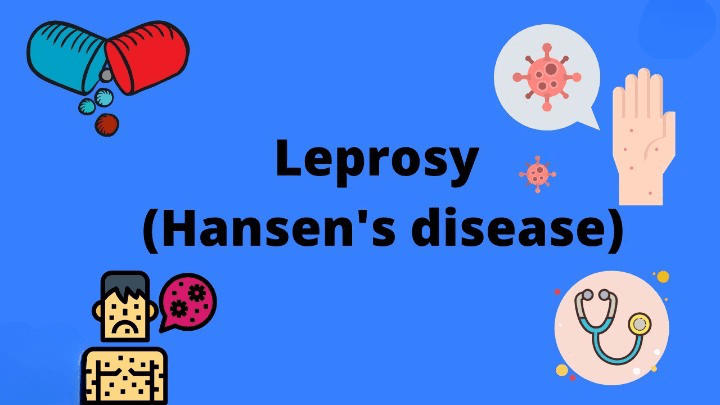
Close contact with an infected person can spread the illness most frequently encountered in tropical and subtropical regions. Antibiotics and medication therapy are effective treatments for it because it is not very contagious. Early identification and treatment can avoid most consequences linked to the condition. Despite being curable, leprosy still has a societal stigma that can seriously impact its victims' mental health and relationships with others. Throughout history, leprosy patients have been the target of prejudice, isolation, and sometimes violence because of this stigma. Through early detection, treatment, and promotion of human rights and dignity for those afflicted, attempts are currently being made to eradicate the condition. Mycobacterium Leprae:The bacterium that causes leprosy, or Hansen's disease, is Mycobacterium leprae. The upper respiratory tract's mucous membranes, skin, and nerves are the main targets of this bacterium's damage. Being an acid-fast bacillus, Mycobacterium leprae possesses a thick, waxy cell wall that makes it challenging to stain and distinguish under a microscope. Although a contagious bacterium, it can only spread through continuous intimate contact with an infected individual. 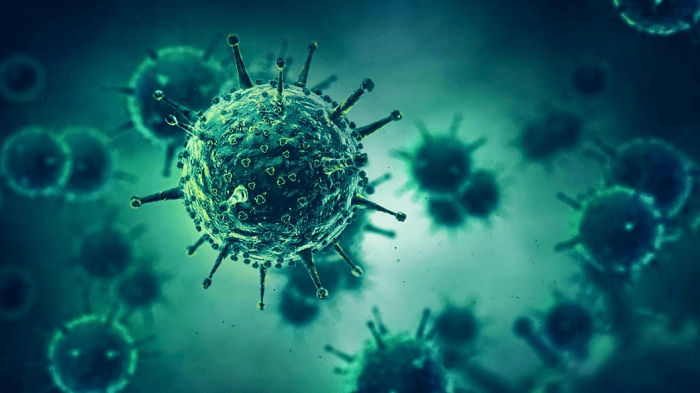
The bacterium is typically passed from one sick person to another through their mouth and nose, especially when there is prolonged close contact, such as when two people live in the same home. Additionally, contact with infected soil or animal products can spread the disease. The symptoms of Mycobacterium leprae can vary greatly depending on the kind and severity of the disease, and the incubation period can last for several years. Others may experience more serious symptoms, such as skin lesions, nerve damage, and loss of sensation in the affected areas. Some people may only experience mild symptoms. Clinical evaluation, skin biopsies, and microscopic examination of tissue samples for Mycobacterium leprae are all used to diagnose leprosy. Antibiotics and multi-drug therapy are frequently used to treat leprosy, which can assist in controlling and ultimately eradicating the condition. Chronic Infectious Disease:An infection brought on by a pathogen that lasts for a long time?often months or even years?is a chronic infectious disease. Contrary to acute infections, which appear suddenly and go quickly, chronic illnesses take time to manifest and may endure for the rest of the affected person's life. HIV/AIDS, hepatitis B and C, leprosy, malaria, TB, and Lyme disease are a few examples of chronic infectious disorders. These illnesses may be brought on by bacteria, viruses, parasites, fungi, or any combination, and they frequently entail intricate interactions between the pathogen and the host's immune system. 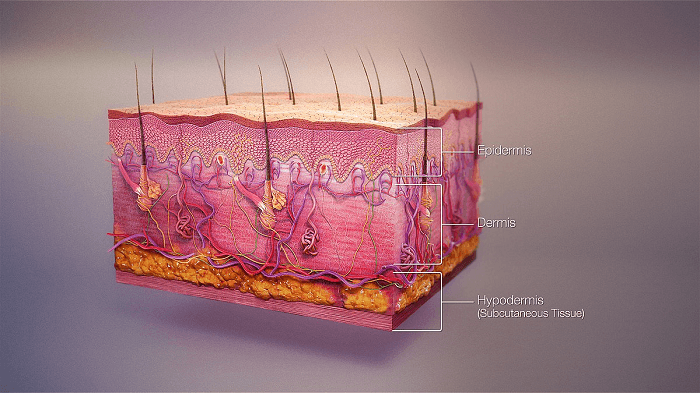
Chronic infectious diseases can produce various symptoms depending on the individual disease and the organs or tissues affected. Some chronic infections may be asymptomatic, while others may result in incapacitating symptoms that negatively influence the infected person's quality of life. To manage symptoms and avoid complications, treating chronic infectious diseases often entails a combination of medicine and supportive care. Many chronic infectious diseases, however, are difficult to treat, and long-term therapy may be required to keep the illness under control and stop its spread to other people. Skin Lesions:Any abnormal growths or changes to the skin are referred to as lesions. Numerous things, such as infections, wounds, allergies, and underlying medical disorders, might result in them. Different types of skin lesions, such as lumps, blisters, scabs, rashes, or discolored skin regions, might manifest. Skin lesions are one of the disease's most prevalent signs in the case of leprosy. Usually tiny, light, or reddish patches, these lesions can enlarge and spread over time. Any area of the body, including the face, arms, legs, and trunk, may be affected by the lesions, which can be either painless or mildly unpleasant. Mycobacterium leprae invades the skin's nerves and tissues, causing inflammation and damage that leads to leprosy skin sores. If neglected, the lesions may worsen and cause disfigurement and impairment. Antibiotics and multi-drug therapy are frequently used to treat leprosy skin lesions, control the disease, and stop other nerve and skin damage. Additionally, topical creams, medications, or surgery may be used to treat severe skin lesions. If you discover any skin lesions, you must seek immediate medical assistance, especially if you reside where leprosy is endemic. Nerve Damage:When the nerves that transmit signals from the brain, spinal cord, and other body regions are harmed or destroyed, it is called neuropathy or nerve damage. Various symptoms may result from this injury, which can prevent the nerves in question from operating normally. 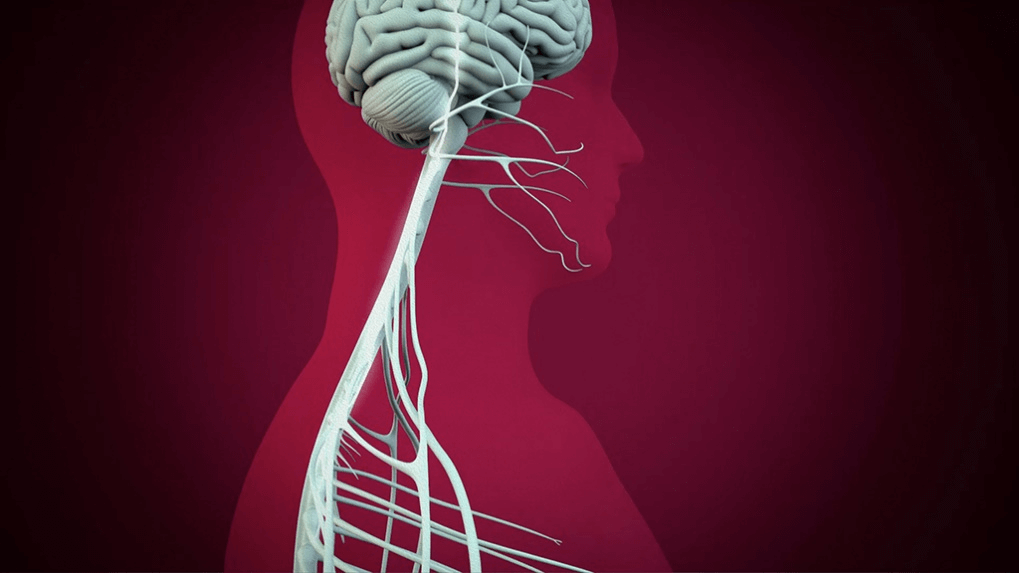
Damage to the nerves is one of leprosy's most serious side effects. Peripheral nerves, which are in charge of relaying impulses from the brain and spinal cord to the rest of the body, are largely impacted by Mycobacterium leprae. The bacteria infiltrate and grow within the nerve cells, inflaming and harming them. Numbness, tingling, or burning sensations in the affected areas, muscle weakness, and a loss of sensation or motor control are some signs of nerve damage in leprosy. The impacted nerves may grow as the injury worsens, resulting in outward abnormalities like clawed hands or feet. Leprosy nerve damage is usually treated with antibiotics and multi-drug therapy to keep the disease under control and stop additional damage. Supportive care can help to control the symptoms and enhance the patient's quality of life. Examples include physical therapy and occupational therapy. To rectify severe malformations brought on by nerve injury, reconstructive surgery may occasionally be required. Early diagnosis and treatment of the disease are essential to avoid nerve damage and other serious leprosy complications. Routine monitoring and aftercare are required to guarantee that the patient receives the proper care and assistance. Mucous Membranes:Thin layers of tissue called mucosae, also known as mucous membranes, border the mouth, nose, throat, lungs, stomach, and intestines, among other organs and cavities in the body. They are composed of specialized cells that secrete mucus, a viscous fluid that lubricates and shields the mucous membranes from damage, infections, and other hazardous elements. The mucous membranes perform several vital bodily tasks, including:
Upper Respiratory Tract:The nasal cavity, pharynx, larynx, and trachea are all considered to be parts of the upper respiratory tract. It controls how air enters the body first and is filtered there. The upper respiratory tract's main entrance, the nose, acts as a filter for entering air, capturing big particles like dust and pollen. Additionally, to aid in removing particles from the nasal cavity, the nasal cavity is lined with tiny hairs called cilia that move like waves. 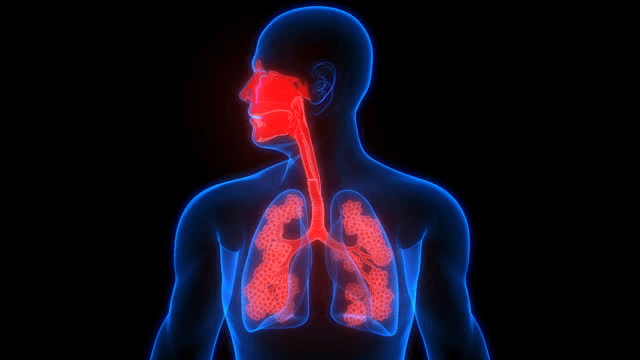
The next part of the upper respiratory system is the pharynx, also known as the throat. A muscular tube joins the mouth and nose to the voice box or larynx. Due to the presence of the esophagus in this region, the pharynx functions as a channel for food and air. The vocal cords, responsible for making a sound when air is forced through them, are housed in the larynx, directly below the pharynx. Additionally, it aids in preventing swallowed food and other foreign items from entering the trachea. The trachea, often known as the windpipe, is a tube that joins the larynx with the lungs. It is lined with tiny hairs called cilia, which move in unison to aid in clearing the respiratory system of mucus and other debris. The upper respiratory tract is an important site of infection for respiratory disorders, including the common cold, the flu, and respiratory infections brought on by bacteria and viruses. Leprosy can also affect the upper respiratory system, resulting in symptoms like congestion, nosebleeds, and breathing difficulties. Maintaining good hygiene habits, such as frequently washing hands and covering the mouth and nose when sneezing or coughing, can help lower the risk of upper respiratory tract infections. Antibiotics:A class of medications known as antibiotics are used to treat bacterial infections. They function by eradicating or preventing bacterial development, which prevents the infection from spreading and enables the body's immune system to eradicate it. Antibiotics do not affect viral infections like the flu or the common cold. Antibiotic-resistant bacteria can be challenging to treat and constitute a threat to the public's health if they are used improperly or excessively. 
The many kinds of antibiotics each have a unique mechanism of action and range of activity against various bacterial species. Antibiotic classes that are often used include:
These antibiotics, fluoroquinolones, are frequently used to treat respiratory and urinary tract infections. Antibiotics are viable for treating bacterial infections when prescribed and utilized appropriately. To ensure all bacteria have been eliminated, taking the medication exactly as directed and to the end of the recommended course is vital. If you don't, germs can become resistant to antibiotics, which will make treating illnesses more challenging in the future. Multi-drug Therapy:Mycobacterium leprae, a bacteria. MDT employs a mix of medicines to treat the illness and stop the emergence of drug resistance. To treat leprosy, the World Health Organisation (WHO) suggests combining dapsone, rifampicin, and clofazimine. These antibiotics attack the bacteria and stop their growth in various ways.
Disfigurement:An apparent deformity or change in a person's physical appearance is disfigurement. Congenital problems, injuries, diseases like leprosy, and accidents are the only possible causes. Disfigurement is a typical leprosy manifestation that can have a serious psychological and social impact on afflicted people. Skin lesions, nerve damage, and muscular weakness brought on by leprosy can result in abnormalities, including clawed hands, foot drops, and facial disfiguration. Particularly in countries where physical appearance is highly valued, disfigurement can lead to social stigma, discrimination, and isolation. People with physical disfigurements may encounter obstacles in pursuing an education, a job, or a social life. They may also struggle with melancholy, anxiety, and low self-esteem. Effective leprosy management and therapy can avoid or lessen the severity of the deformity brought on by the condition. Nerve damage, muscular weakness, and the chance of developing abnormalities can all be avoided with early diagnosis and multi-drug therapy. Reconstructive surgery and physical therapy can also aid in improving the appearance and regaining function of afflicted limbs. Additionally, there are initiatives to increase understanding and lessen the stigma attached to disfigurement. Advocacy organizations like Changing Faces and Face Equality International promote the rights and inclusion of persons with disfigurements, which also aims to combat prejudice and stereotypes. Disabilities (Leprosy Definition)Disabilities can result from leprosy, particularly if it is not treated. The condition mostly impacts the skin and nerves, and if the nerves are injured, it may cause sensory loss, muscle weakness, and paralysis. This can eventually lead to malformations like clawed hands, foot drops, and facial disfigurement. Leprosy-related disabilities can have a considerable negative influence on an individual's daily life, making it difficult or impossible for them to carry out routine tasks. Leprosy can result in psychological suffering, such as depression, anxiety, and social isolation in addition to physical limitations because of the stigma attached to the condition. 
The good news is that leprosy advancement can be stopped and the possibility of disability can be diminished with early identification and treatment. Leprosy can be cured and the problems linked to the disease are prevented with the use of multidrug therapy (MDT). Leprosy-related problems can be managed and the quality of life of those who are affected by it is improved with the aid of reconstructive surgery, physiotherapy, and other supportive therapies. To stop the spread of the illness and lessen the effects of disabilities on those who are affected, it is critical to promote early identification and treatment of leprosy patients and to increase public knowledge of the disabilities connected to leprosy. Leprosy-related social stigma reduction initiatives can also support the inclusion and integration of affected people into their communities. Early Treatment:Leprosy must be treated as soon as possible if disabilities caused by the disease are to be avoided. Mycobacterium leprae is a bacterium that causes the chronic infectious disease leprosy, which mostly affects the skin and nerves. Leprosy can continue without treatment, resulting in nerve loss, muscle weakness, and deformities, including clawed hands and foot drop. The World Health Organisation (WHO) advises early leprosy diagnosis and treatment to halt the disease's growth and lower the likelihood of disability. Multi-drug therapy (MDT), which combines antibiotics such as dapsone, rifampicin, and clofazimine, is the usual treatment for leprosy. Leprosy can be cured using MDT, and the condition's limitations can be avoided. Depending on the type and severity of leprosy, MDT treatment might continue anywhere from six months to a year. In contrast to multibacillary (MB) leprosy, which has a higher bacterial burden, paucibacillary (PB) leprosy patients with fewer germs undergo a shorter course of treatment. Leprosy that is treated early on can also assist in lessening the stigma attached to it. Leprosy has historically been stigmatized, and those who have it have experienced prejudice and social marginalization. However, the disease's course can be stopped, and the likelihood of disfigurement and impairment can be decreased with early detection and treatment. This can support the inclusion and integration of people with leprosy into their communities and lessen the stigma attached to the disease. 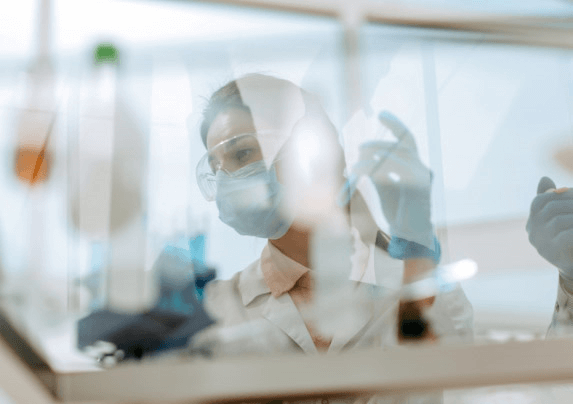
Complications:Leprosy is a chronic infectious condition that, if ignored, can lead to several problems. These issues can cause impairments and deformities and can affect various body areas. The following are some of the most typical leprosy complications:
Early leprosy diagnosis and treatment can avoid these problems or have a lesser impact. Leprosy can be cured, and the limitations linked to the disease can be avoided using multi-drug therapy (MDT). Leprosy problems can be managed, and a patient's quality of life can be enhanced with the help of reconstructive surgery, physiotherapy, and other supportive therapies. Conclusion:In conclusion, leprosy is a chronic infectious disease that mostly affects the skin and nerves brought on by Mycobacterium leprae. Neglecting can result in several consequences, such as nerve damage, muscle weakness, deformity, and disability. However, early leprosy diagnosis and multi-drug therapy (MDT) treatment can stop the disease's course, lower the likelihood of impairments, and enhance the quality of life for those afflicted. Leprosy, as can the suffering it causes, can be eradicated with continued efforts to raise public awareness, expand access to early detection and treatment, and lessen the social stigma attached to the condition.
Next TopicAdverb Ki Definition
|
 For Videos Join Our Youtube Channel: Join Now
For Videos Join Our Youtube Channel: Join Now
Feedback
- Send your Feedback to [email protected]
Help Others, Please Share






